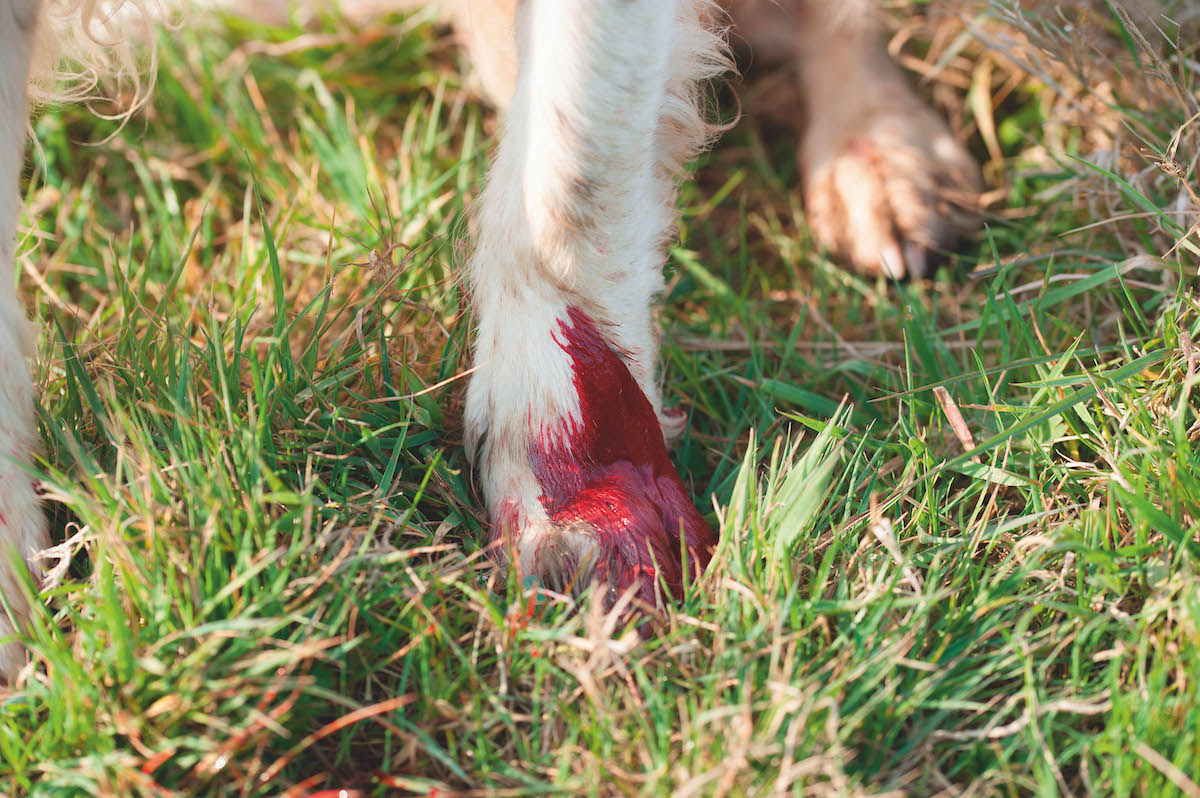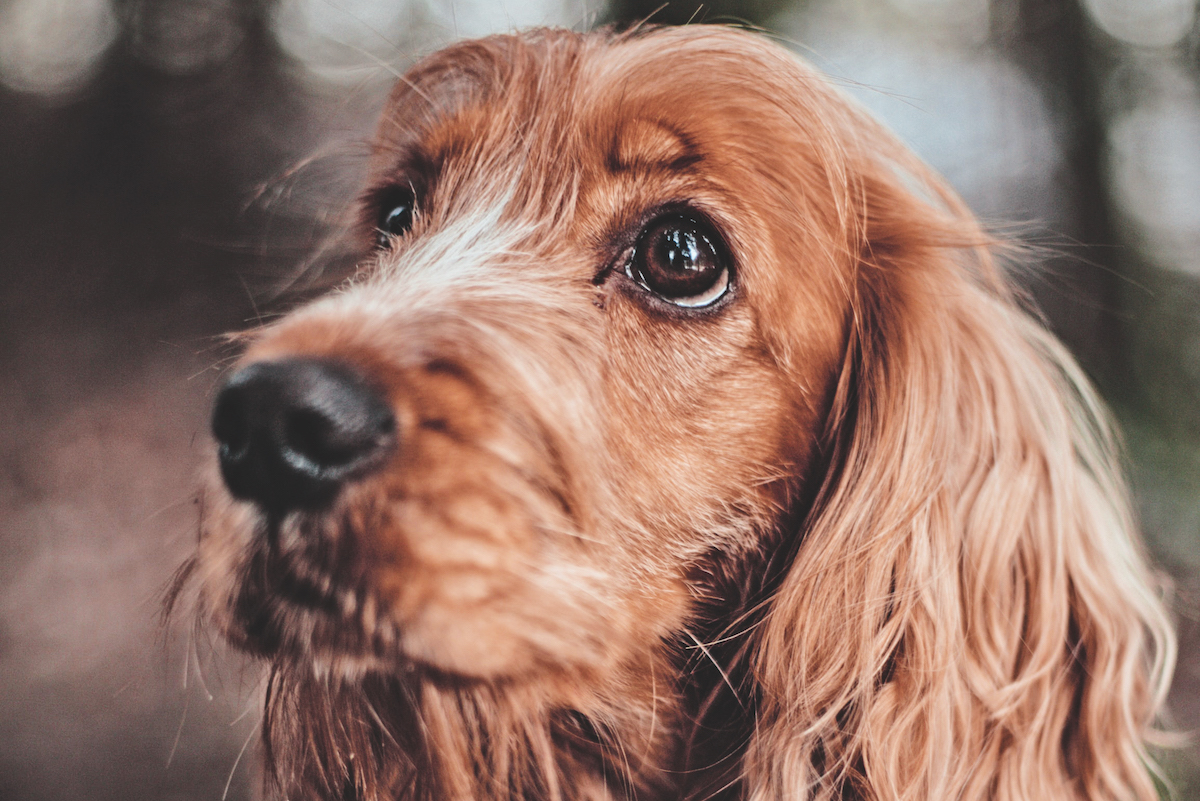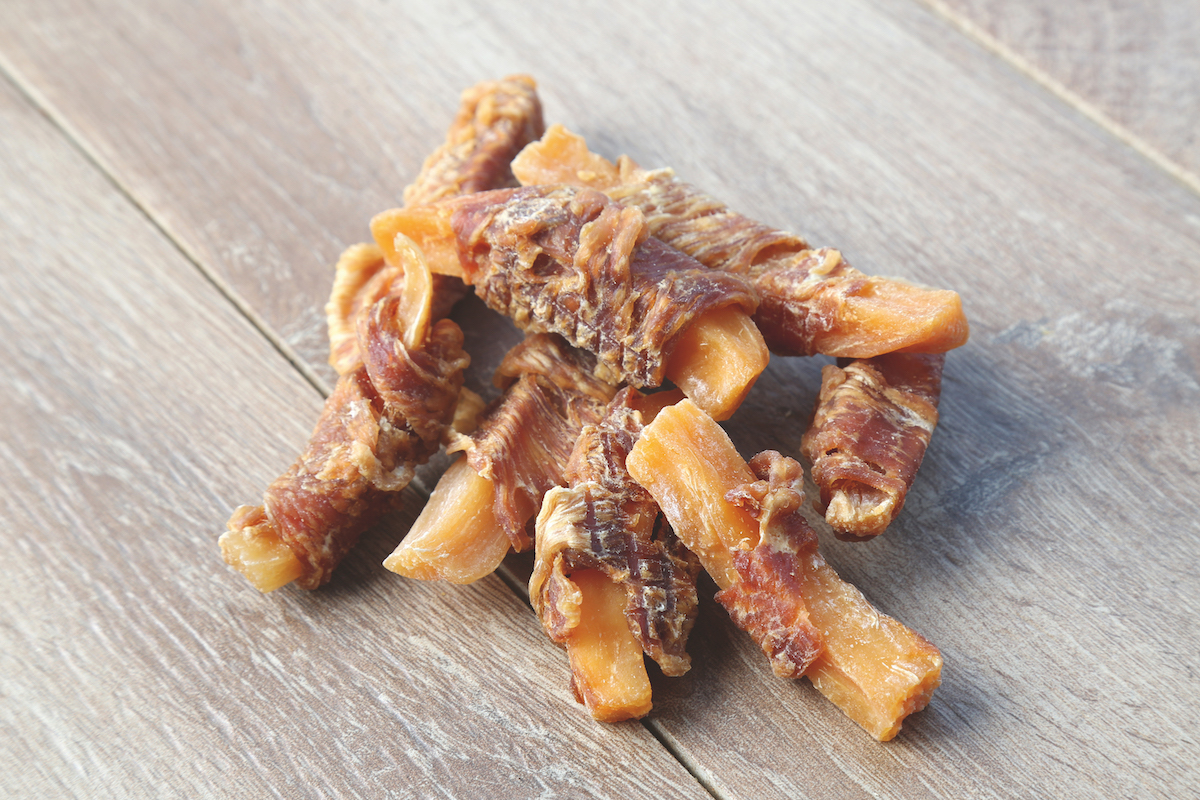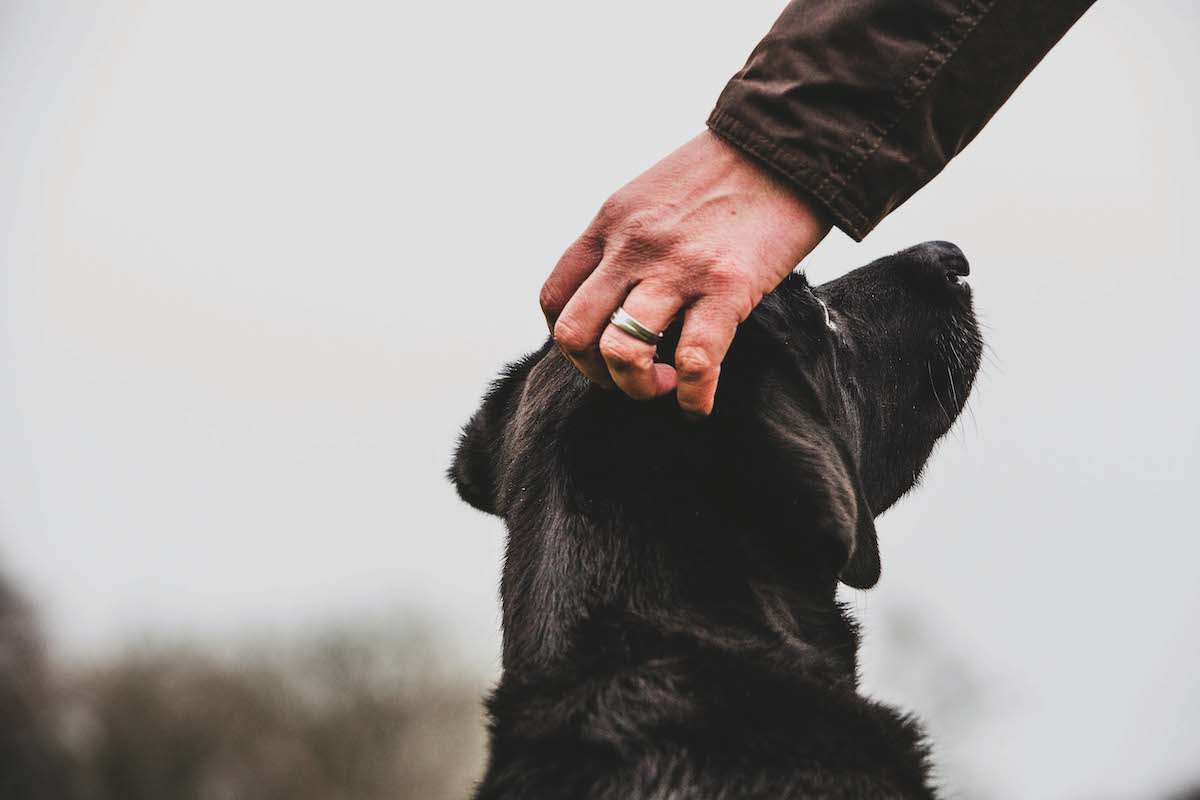Cut pad on a dog – how to treat it
It's a nasty injury. Vet Tony Buckwell offers some advice on how to deal with it

Cut pads can be nasty
Treating a cut pad on a dog
Q: Can you advise on how best to deal with a cut pad on a dog? I live in an area where the ground is very flinty and this has happened once already. The wound bled so much I had to take the dog to a vet.
A: In general terms, small wounds to the pad are probably best left open to heal naturally, and larger wounds usually require stitches which will, of course, necessitate a trip to your vet. Some form of temporary bandage is often useful, however, if only to keep the wound free from further contamination.
Firstly, wash the foot in clean water and ensure there is nothing in the wound. Bits of glass or a thorn usually feel gritty, indicating that there is something in the pad that, if you can’t, your vet will need to remove. (More advice on how to bathe a dog’s wound.)
To stop any bleeding, you will need to apply a pressure bandage. Don’t just bandage the foot. Always apply a bandage that goes further up the leg as this will help to prevent the it slipping off. Never wrap a bandage too tightly and always apply padding underneath If the bandage is too tight or it slips down the leg, blood circulation can be impeded and tissues starved of vital blood will become damaged. At worst, the foot may have to be amputated. Ideally, wrap cotton wool or a soft crepe bandage over the foot and up the leg first, but in an emergency wrapping the foot in a clean handkerchief might suffice.
Start by trapping the bandage material behind the leg, well above the knuckle/wrist (or hock). Run the bandage down the leg, under the foot, and back up in front of the leg. Make one turn to secure the top of the bandage then wind down the leg, firmly but not tightly, in overlapping turns to the foot. Make sure you enclose the foot. Wind similarly back up the leg to where you started, then repeat, applying a little more pressure.
Always remove the bandage after an hour or so when any bleeding should have stopped. Reapply only if necessary, and get your dog to the vet at the earliest opportunity so the wound can be examined properly. (Read our advice on how to make a dog vomit in an emergency.)








